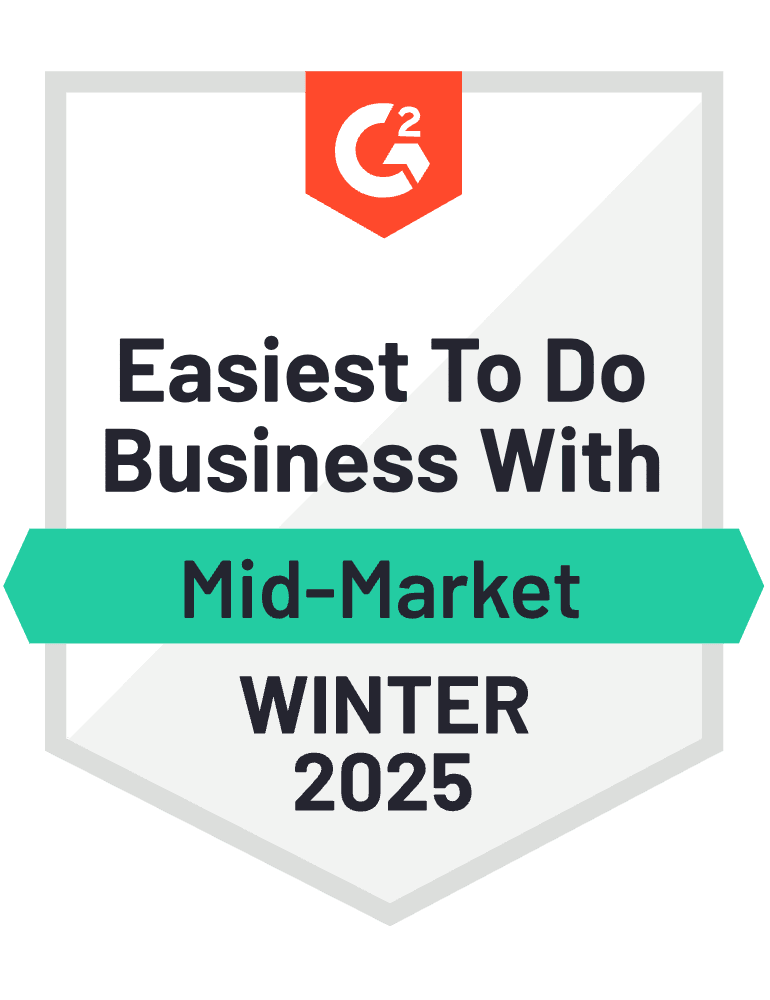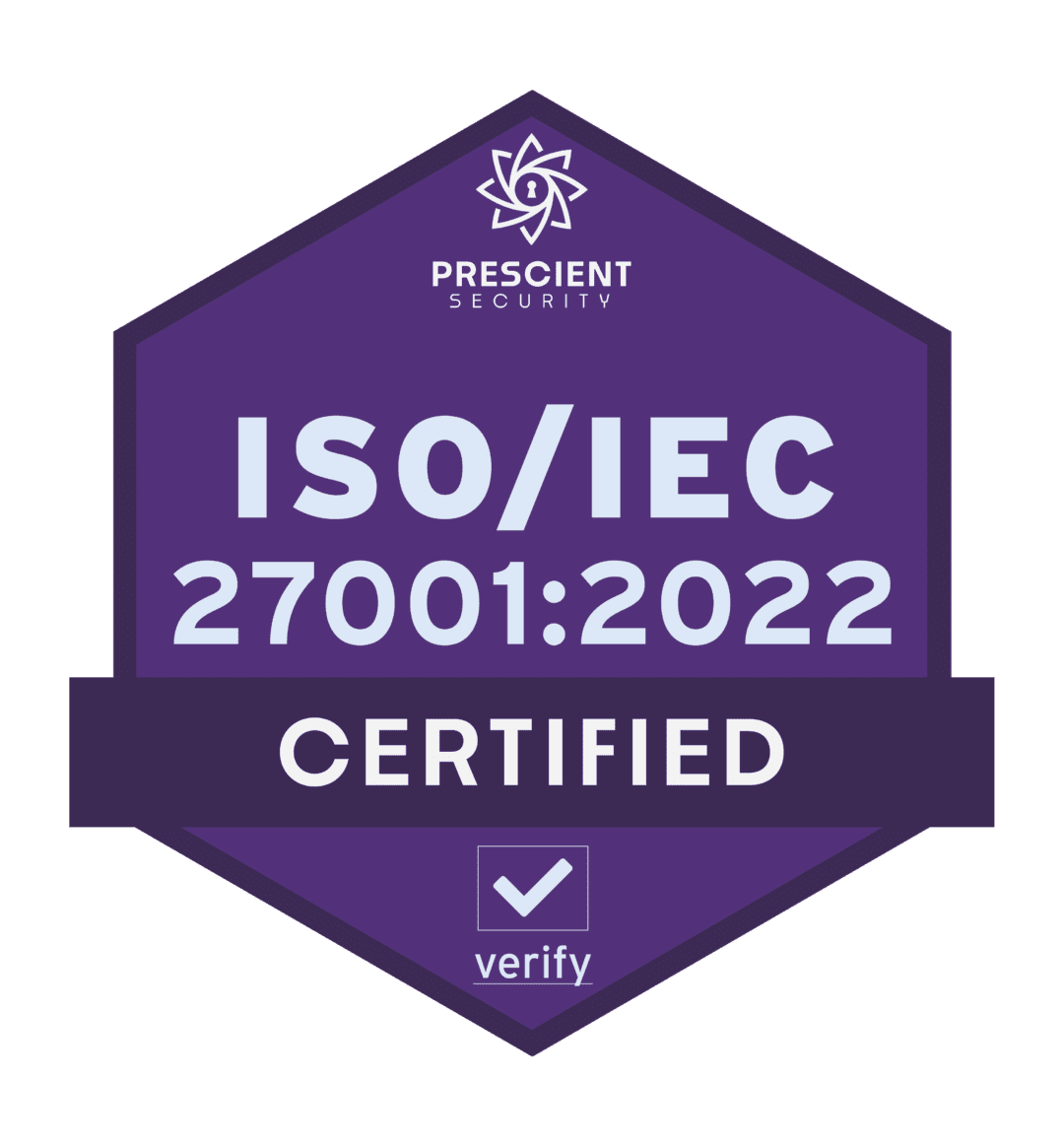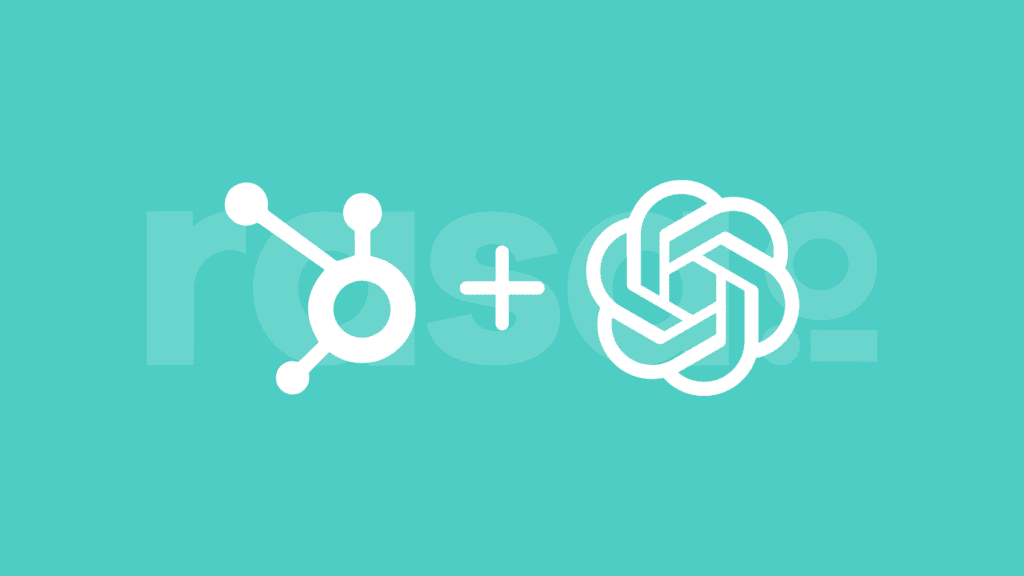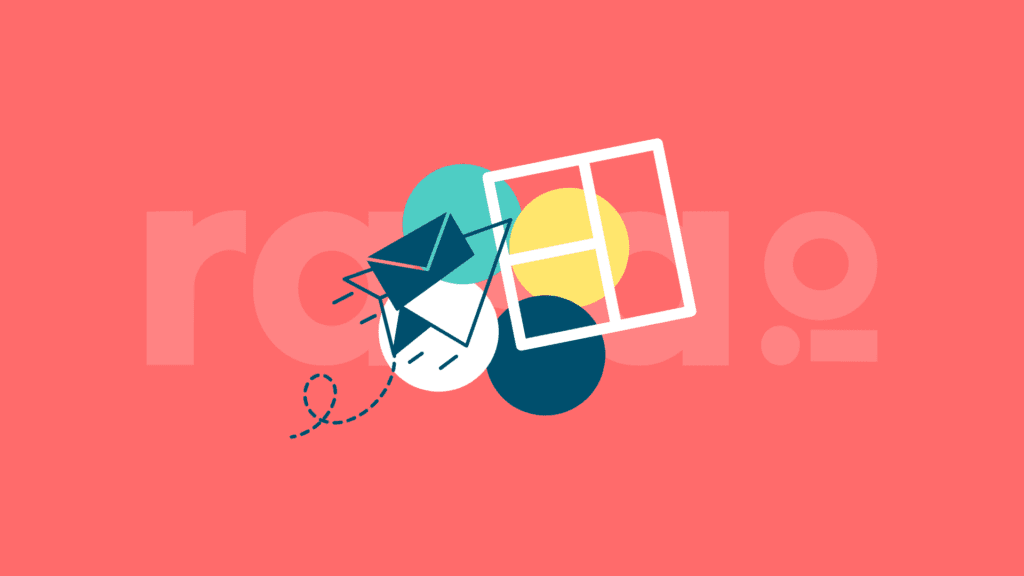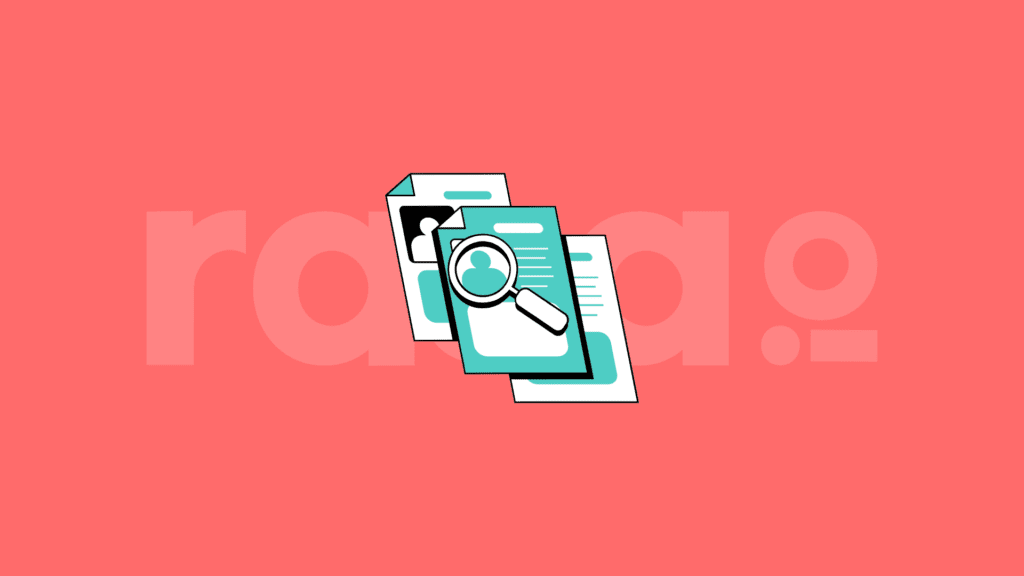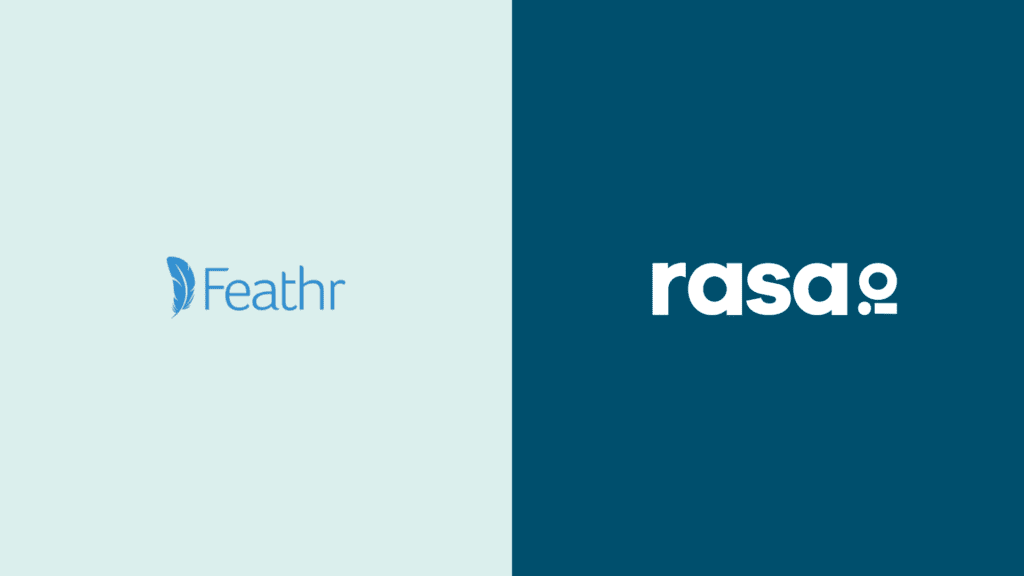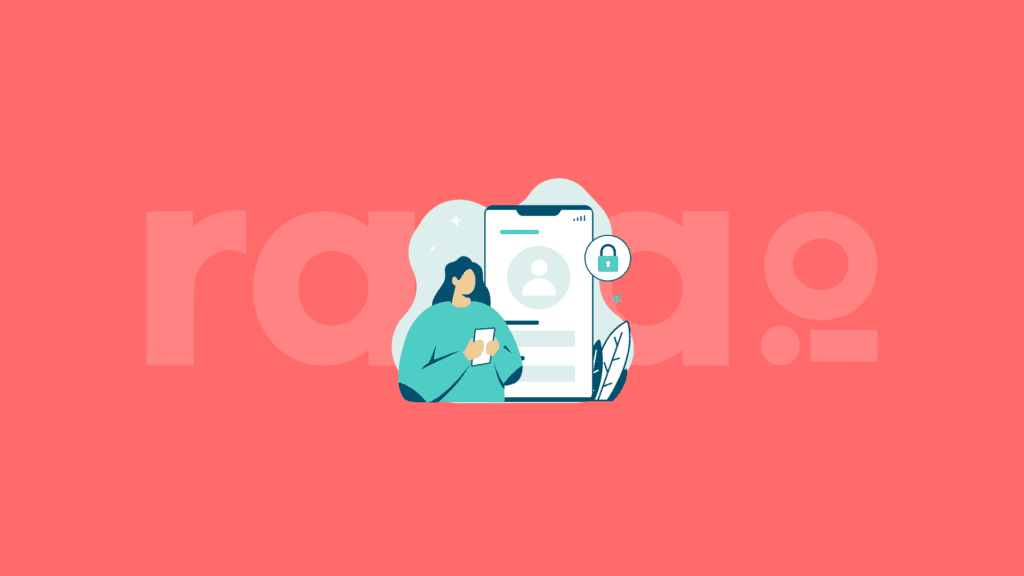Amy Blaschka
How one contributor to Forbes and a social media ghost writer went about launching her own email newsletter despite a large following on networks like LinkedIn. This is Amy Blaschka’s story about Pushing Send.
Amy Blaschka has made a career offering “stories as a service,” from her degree in film to her three decades spent branding products, places, and people. She’s a social media ghostwriter and longtime Leadership Contributor for Forbes, Amy regularly shares content through her popular Illuminate Me newsletter and active social media channels.
Key Points From This Episode:
- Amy started her email newsletter to have some fun and because she can connect directly and that someone is willingly allowing you into their inbox.
- It took her a while to start a newsletter because she had seen so many bad newsletters and she wanted to do something that reflected her values and talent.
- She does not charge for her newsletter because she wants to get to know her audience a little more and to plant the seed to give herself options for the future.
- Amy chose Sub Stack as a platform because she has the option to convert it to a paid newsletter or to keep it free.
- She feels like her work with her newsletter, her contributions as a writer for Forbes and social media are all interconnected and she is intentional about creating this connection.
- Amy sends her newsletter every Sunday morning and she always points people back to her Forbes article and something that will showcase the same theme in a different way. She maps them out a month ahead.
- She believes If anybody is looking to up kind of their level of content, make sure there’s one clear takeaway, you know, and that brief is better.
- Amy shares her view on being present on several different platforms.
Tweetables:
“I think what’s special about email is there’s an intimacy, that you are one-to-one with your audience. So you’re sending something that lands directly in their inbox. If somebody signs up for your newsletter, they actually want to hear from you.” – @AmyBlaschka
“I feel like you need to establish yourself, your credibility, your competency, your value to somebody before you have any ask of them.” – @AmyBlaschka
“I know people that have paid ones and, you know, I think you’re going to have a smaller list because you’re asking people to fork over money right. For that. But, you know, I think before you can do that, you have to demonstrate your value.” – @AmyBlaschka
“If anybody is looking to up kind of their level of content, I would say, we’ll make sure there’s one clear takeaway, you know, and that brief is better.” – @AmyBlaschka
Links Mentioned in Today’s Episode:
Episode Transcript
Amy Blaschka:
Not having done this before. I had no idea. You know, you hear people that have these enormous lists or whatever, and I guess there’s this quantity versus quality too. There’s one thing to say, what go, I have this many people, you know, whatever. But to me that’s great. But if they could care less about your stuff and they’re not engaged, then it’s kind of worthless, right. I guess it’d be better to have a small, but mighty list than whatever. But, but still, you know, I aspire, it’s all an experiment, all kind of like what what’s going to work, where are we going to go with this? And it’s still so early, but I’m just pleased that people are signing up, frankly, you know, that’s like great. Somebody cares. This is terrific
Bryan Kelly:
From rasa.io, the tool for sending smarter and better email newsletters. This is Pushing Send, a show featuring people who send emails, their subscribers actually want to read I’m Bryan Kelly and on today’s show how one contributor to Forbes.com and a social media ghost writer went about launching her own email newsletter Despite a large following on networks like LinkedIn. Here’s Amy Blaschka. Why did you start an email newsletter this year? Like why was it so important to launch right now?
Amy Blaschka:
Well, you know, it’s funny, so I’m a writer and for the longest time I resisted doing a newsletter because I think I was worried. I was like, Oh God, does anyone want to hear from me? Does anybody really care? And it’s like, ah, duh, Amy yeah, you, you have a following. You have people that enjoy your content. And I think what’s really sort of special about email is there’s an intimacy with that, that you are one-to-one with your audience. So you’re sending something that lands directly in their inbox. If somebody signs up for your newsletter, they actually want to hear from you. They’ve told you this, it’s not something you’re pushing. It’s not something that, you know, you’re like, you know, Oh, maybe they’ll like it. Maybe they won’t, I mean, you know, obviously everybody can decide for themselves, but for me it was just another layer. This wasn’t an either, or it was an, and right. It was supplementing what I was already doing on social media. And I think one feeds the other. I loved that It gives me an opportunity to connect, um, directly, you know, that somebody’s letting me into their inbox willingly and, uh, that they want to hear from me. And I have a chance to, with the newsletter to show a little bit more personality. I think, you know, the things that I put out, um, either Forbes articles or on social media, certainly there’s, it’s very much in my wheelhouse of like leadership and communication and kind of doing things in that card. And, and I still talk about that in my newsletter, but I get to have a little more fun and it’s almost like a peek into behind the scenes or a little peak into Amy’s crazy brain, but you kind of see the way I make these really disparate connections, but it all makes sense and having a little fun along the way. So that was really the impetus for me was like, you know, I really want to try something where that’s going to supplement this. I want to do this. And I’m having fun, which is, you know, not doing this to make money. I’m doing this to kind of test at myself creatively and to see how people react. So everything that I do, you know, with content wise, it it’s gauging sort of this level of engagement of, you know, people like this is this resonating with them. Is this something I should do more of less of? So bottom line is it’s fun, but it’s another way to connect, which is really important for me.
Bryan Kelly:
Is this your first experience doing an email newsletter?
Amy Blaschka:
You know, it’s been one of those things that’s been kind of on the back burner for years, frankly for me, that I’ve always thought about it, wanted to do it and just sort of put it off. And I think what kept me from doing it was honestly, there are a lot of not so great newsletters out there. And I was worried about being one of those types of newsletters that, you know, was just either pushing irrelevant content down somebody’s throat, or it was just like rambling and not really concise. It’s like, you, you kind of read and go what? Like it’s wasting my time. I didn’t want it to be that way. So I think I was like, well, I don’t want to be a me too like that. I wanted to do something that was reflective of my values of my talents of sort of, you know, what I like to do. But it finally, I think I just reached critical mass and it was the end of, you know, the crazy year that was 2020. And I was like, okay, Amy, come on. This is ridiculous. Let’s, let’s go. And, um, my word for 2021, I always pick a word to sort of guide me through the coming year. I just, I don’t really believe in resolutions because I think we set ourselves up to fail. Everyone has these lofty ambitions. And then by February, everybody’s like, Oh, they feel bad because they’ve just fallen off the wagon. But for me, it’s just one word to guide me. And my word for this year is illuminate. So for me as a communicator, as a writer, I want to use my talent at their highest and best use and illuminating others by sharing wisdom was one way to do that. So, um, when it came time to, okay, are you going to do this Amy? You’re going to do a newsletter. Yeah. And I’m going to call it Illuminate Me. So it’s a call to action, right? For myself to my readers, my subscribers to illuminate them. But it also draws on my skill set. And this is what I want to do is provide value and share my wisdom. It’s the same thing I tell my ghostwriting clients that this is, this is what you should do. So it’s, it’s aligning and being congruent and, and practicing what I preach altogether.
Bryan Kelly:
You said, you’re not doing the newsletter to generate revenue. And I know you’re not charging subscribers like a paid newsletter. So how do you view this in context of your business?
Amy Blaschka:
So this is a free newsletter and I, I know lots of folks that have paid newsletters and because I have a large following relatively, I mean, it’s all relative right on, on LinkedIn and on social media in general was like, well, should I do a paid newsletter? Should I kind of do this? And I kind of went hemmed and hawed over it. And the platform I’m using allows me to do one or the other or both frankly. So I thought, you know what, it’s not that I directly, I’m using this as a paid newsletter to get that revenue maybe in the future, this, and it opens it up for me to potentially either convert this into a paid newsletter, depending on how it goes. Like I said, I like to experiment and kind of see how things go or, you know, add a paid newsletter option in the future. But really this was about, well, let’s see that, you know, I really want to get to know my audience a little more. And I think that there are plenty of people who follow me social media that will never become a client. Right. That’s they don’t have the five figures to invest in a social media ghost writing program. They don’t, you know, that that’s not in their you know, they can’t. So I think it was more about appealing to a broader audience and slightly different than that. Like I said, the way I write this and you’ve seen it, there’s, it’s certainly there, everything ties back and very intentionally. So to my content and it kind of like key themes and things, but it’s written in such a way that’s a little more fun and personality driven. It has more stories. It has more, uh, personally about me and my life. So I think I just wanted to plant the seed to give myself options. So when I say it’s, I didn’t do it for the money. I’m not doing it as a strictly as a revenue source directly, but certainly there are other things that I may want to do. There are other, you know, I may have products that I want to sell, but I feel like you need to establish yourself, your credibility, your competency, your value to somebody before you have any ask of them. So I wanted to do that and, and see what my subscribers liked and wanted. And you know, and then if in the future six months into this, whenever it is, and I say, you know what, I’m coming out with a product or not necessarily a course, but something like that, a standalone thing. I have a group that have stuck with me that have enjoyed my stuff and they’ll tell me right. Either. Yeah, that’s great. Or no, that sucks. Amy, like we don’t like that. So, um, it gives me another level of feedback, another level of engagement. So I can do that in, and you can do that on social media, definitely. But like I said, there’s a different level of intimacy when you allow somebody into your inbox willingly. So if, and when in the future I pose something to that audience. I feel like they’d be honest with me and tell me that. So it’s not for the money directly, but it’s certainly for the educational purposes and for the learning and the insights that I can gain from engaging in that way.
Bryan Kelly:
What’s the response been like since you’ve launched? Are you getting responses or replies from subscribers that are saying, Hey, I love this.
Amy Blaschka:
Yes. Some are like, Hey, I just learned a new word. Or it was like, wow, I didn’t know that. Or, or trying to engage them and ask them to share something about themselves, which a few people have done. And then the open rate has been, you tell me, you probably know better than I do, but like 56% 50, like pretty good. I think.
Bryan Kelly:
Yeah, that’s phenomenal.
Amy Blaschka:
Okay. So I guess I’m on the right track. So that’s good. And then within each of those, you know, I’m tracking, you say, oh, well, you know, I obviously add links and things within, so they can be sent to Forbes article or, you know, some other piece of content or, you know, social media. And it looks like people are doing that. So that’s good. Or, or, you know, I’m seeing that they’ve shared it with a friend or it’s led to more subscribers or they did this. So all of those, I would take that all it’s such so early, but I would take that all as all good signs.
Bryan Kelly:
When we come back, Amy shares, why she chose a specific tool for her email newsletter. Plus she talks about the specific workflow she uses to write her newsletter each week. I’m Bryan Kelly, and you’re listening to Pushing Send from rasa.io.
rasa.io:
You deserve to get more from your email list, more sales, more leads, and more engagement, but publishing a consistent newsletter that gets you more it’s time-consuming. so at rasa.io, we’ve simplified the process. We’ll automatically personalize emails for each of your subscribers based on their interests. And when your subscribers get more of what they want, you get more, what you want. Everybody’s happy. You want to see how it works? Visit www.rasa.io and click how it works.
Bryan Kelly:
Welcome back to Pushing Send. I’m Bryan Kelly, Amy Blaschka writes a lot of content each week for both herself and her clients. So hearing her talk about some of the choices she’s made around how she creates that content is pretty interesting. Here’s Amy. So of course there’s lots of email tools you could use to publish your weekly email newsletter. And I’m curious, why did you choose Sub Stack?
Amy Blaschka:
Because I was at the beginning, I was like, do I do a paid one? Do I not? And in the end it was like, okay, let’s just go free. And it gave me the option later to either convert it to paid if it was extra, you know, people like, I love that, you know, whatever, or to keep a free one in addition to having a paid and kind of have that. So I told myself, you know, just start, start with the free I, you know, and do that and then reevaluate, like at a certain point in time, you know, three months, six months, that sort of thing. See where I am and do that. I know people that have paid ones and, you know, I think you’re going to have a smaller list because you’re asking people to fork over money right. For that. But, you know, I think before you can do that, you have to demonstrate your value. So I could have said, well, you know, all of you, people on LinkedIn and elsewhere, you know, if you love me here, you can pay for a little bit here, monthly charge and do that. But I just, like I said, I’d felt better and more in line with me and who I am to start with sort of the free and giveaway and let them decide like, is this something that is meaningful to me and see what happens? And then perhaps use the free platform to still have that open line of communication, but in down the road, if there was something else that, that I wanted to offer that was, uh, something paid like a course or an offering or something, you know, that I would have the channel to do that and have an audience that would be receptive to that.
Bryan Kelly:
Now between your newsletter, your contributions as a writer for Forbes and the social media ghost writing you do, are each of those different from each other, or do you see them as interconnected? Like how do you think about each of them?
Amy Blaschka:
Yeah. Well, I mean, they’re different, but they’re certainly connected and intentionally, so I think one drives the other, right? So the newsletter, there’s sort of primary writing that I mentioned earlier, it’s going to be more fun and a little more narrative driven, longer form. And I’ll always include ties back to the latest Forbes article I’ve done, or some other short form visual stuff I’ve done, or a video I’ll include in there. Something that really ties back to a central theme. So, you know, and then when I’m posting other, you know, when posting content for social media, I’ll always have in the comment section of link to sign up for my newsletter, you know, that it ties back. Like if you like, that’s probably how you found it. You know, if you, if you like this, you’re going to love this, you know, sort of thing. So, you know, making it really easy for people to do both. And then when they read the newsletter, they kind of cruise through, I all have links back to here’s my social media, you know, if you like this, like, and I think what happens is if somebody likes what you’re putting out there and I’ve done this, I’ve sort of fan girled over people, like I want to get everything from that person. Right. And I’m like, wait, they’re on Instagram. Oh. And then, and then they’re on LinkedIn and then they’re on Twitter and they’re kind of everywhere that it’s nice to kind of be able to have access to all their stuff. You don’t want to miss it. And that’s ultimately the greatest thing ever, somebody who actually wants to do that. They don’t want to miss out. And that’s, what’s so nice about the newsletter is that you feel like, okay, well at least if I sign up and I’ve done this with someone I admire and I like her stuff where it’s like, okay, I’m guaranteed to get stuff from her now. Cause I’m in the loop on, on her list, she’s going to be sending out stuff. So I won’t miss anything. So if you can create that sense of urgency so much, but just that desire is there that mystique that’s like, okay, I, you know, put yourself in a position where you, nobody wants that willingly will miss your content because I love social media and I think it works, but I think they’re two different animals, right? Social media, you can miss something either because of the scroll, you know, and the speed of which that happens, or the algorithm decides that, you know, yeah, you’re not going to see him. He’s content because you haven’t engaged on it or you haven’t done this or whatever the case may be. So it’s nice to supplement that presence on social media with a newsletter that is going to go back into your audience’s inbox. And then when they open that, that may drive them back out to social media, if you’re doing your job, right. I think they’re all interconnected or at least they should be. I think that’s a strategic and intentional thing, at least on my part is to ensure that there’s connectivity and sure that there’s sort of that cycle, that they’re going to go through one to the other and back and forth and back and forth to get everything.
Bryan Kelly:
Yeah, that’s interesting. And it sounds like you’re doing a lot of writing of course, but what’s your specific workflow for writing the newsletter.
Amy Blaschka:
It’s still relatively early. Right. But there will be certain things. And this is how all of my writing goes. If it, if it’s not for a client, if it’s for me that I find inspiration in the weirdest places, right. And something will strike me and I’ll be like, oh, there’s a hook. There’s something that could be a headline. That could be something I can work off that. And you know, I mentioned intentionality. Yes. There’s that element of sort of the, when inspiration strikes. So I keep a running list of themes, of ideas, both for Forbes articles, for newsletter, actually Forbes, articles, newsletters, and any other sort of content. But what I try to do with the newsletter, what the cadence I’ve gotten into is, is roughly, it goes out, it’s scheduled to go out Sunday mornings, right? And I’m, I’m Pacific time zone. So unlike a lot of my connections and people are East coast or other time zones. So it’s, I’ll do it at 7:00 AM Pacific. And then if you’re in the U S and East coast, that’s about 10 am, it’s kind of like a Sunday morning, easy Sunday morning sort of thing. So that’s my thought is to have that and that be sort of the regular or consistent because consistency is really important time that it would go out. But I will obviously write that head of time. And what I’ve done is every newsletter will include and point people back to here’s my latest Forbes article. Um, so now it’s changed my cadence of writing the Forbes articles, which typically are about once a week it’s it’s five per month. So, you know, February is a short month. So I actually got an article in the first of the month. Um, just so I could fit in five, which also changed the cadence of my newsletter because I did a Wednesday newsletter, which was weird, but I, again, wanted to point and have people go back to drive traffic to my Forbes articles. So I will write the Forbe’s article, kind of have an idea. And then I have this, like I said, a running list of themes and I have so much back content. I have so much I can draw from that. I’ll include something new, right? It’s like mostly the Forbes article, but I’ll always pull something that will supplement that and that sort of overall theme in a different way. So that would be usually a visual, something, some other form of content that kind of supplement what I’m going after, but it’s very much around a central theme. So even if I come at it and it sounds crazy, and it has a weird sort of funny headline underneath it all, there’ll be one clear takeaway, one sort of central theme. And that’s how I that’s really any piece of content. I do that. If anybody is looking to up kind of their level of content, I would say, we’ll make sure there’s one clear takeaway, you know, and that brief is better. Like you get to it that there’s not rambling. Like you want to make it easy for others to kind of get it and get what you’re trying to say. So that’s been sort of how it’s been in the beginning before I launched, I tried to have a few things, newsletter, additions already, basically done, knowing what I’d be writing ahead of the game for Forbes and some other stuff where I just had to simply plop in here’s a link or add this to it, but I think you’re starting a newsletter. It can be overwhelming. You’re like, Oh my God, there’s so much. And you don’t want to be under the gun with, Oh no, I have to send something out and I don’t know what I’m going to write about. So I think it helps to plan out your content. I do that generally for the month ahead and I, you know, repurpose content a lot, which I think a lot of people do because I do publish content every day. Well, every, I would say every work day, I’ve tried it and not do it on the weekends other than, you know, having things published and not promoting them, but like my newsletter or Forbes article on a Saturday or Sunday, but you know, doing that ahead of time so I can map it out. So I know what I’ve covered. And I also track all of my content for engagement. Cause I do really want to learn, understand, okay, I’m not just posting and ghosting. Right. I put stuff out there and I, I want to see, and I’m engaging with those who engage with it to see, okay, what’s resonating. Ooh, okay. That really struck a nerve or, Oh boy that fell flat. So I think there’s learning on both ends, but that’s generally it is mapping it out for the month ahead, but very much again, being very intentional that each newsletter ties back and points people to something that I want them to see. Right. You’re controlling the narrative. It’s your newsletter. So you should, you know, be intentional with your writing and how you don’t want to direct people with the calls to action.
Bryan Kelly:
LinkedIn, I’ve noticed other people like yourself who have tens of thousands or even hundreds of thousands of followers starting to turn to email newsletters. Is this something you’ve noticed or maybe even interacted with other peers about,
Amy Blaschka:
I think a little bit. I think here’s the thing. I love social media when it’s used for positive Good. And I make my living. This is where all my clients come from, frankly. You know, if it’s not a referral from an existing client, it’s coming from somewhere like LinkedIn. Right. So I, I love it. I, it, but I fear being overly reliant on it because you know, social media went away tomorrow, obviously out of a job. I suddenly things would dry up, but you know, more and more. And like I mentioned earlier, the algorithm decides for a lot of people. So you can have a hundred thousand people following you, but it doesn’t mean that a hundred thousand people are seeing everything that you do write in. And for many people, I mean, I’m on LinkedIn constantly, right? I mean, the tab is literally always open, even if I’m not on, it’s open right on my laptop. And then certainly through the app on my phone, but I realized that’s not everybody and that’s not all of my potential and existing clients either. So I think it becomes this sort of another way to reach people that, you know, they’ll get that you’re, they’re going to get it. You know, it’s in their inbox and guests in boxes are crowded, but I think you want to make sure that you’re not overly reliant on one channel that you’re not, you know, you got all your eggs in basket. Like if LinkedIn dried up tomorrow, a lot of people, myself included would be really upset and messed up because how do you take those a hundred thousand followers and reach them directly? You know, what are you going to do? And if you take the time and I always believed that any form of content, anything is it’s a long game, right. To build a relationships over time through consistency. If you’ve done that and you’ve taken the steps to do that, it’s not like things will, you know, if that happened, God forbid that it wouldn’t be the end of the world because you already have, you know, maybe you don’t have those hundred thousand people, but maybe you have the 10,000 people that have that group are really super fans, right. Or the people that really care. Like I said, it becomes more about the small, but mighty the people that are highly engaged who are going to follow you and whatever you put out are going to end up buying from you either because they’ll become a client or maybe you have a product or a course or something that they’re like, I can’t get enough of you. I yeah, give me more sort of thing. So I think it becomes just a really strategic and smart thing to do to help diversify and amplify your reach, your awareness and the possibility of making a sale or growing an audience or doing whatever you need to do to kind of protect yourself. And, um, in the, you know, competitive line,
Bryan Kelly:
Amy Blaschka is a newbie email newsletter publisher. So it was great to hear about her unique experience as well as the reasoning behind some of her decisions. Coming up on our next episode, we’ll hear from Jen Boulden and Amanda Steinberg, two of the most successful women in email newsletter, media companies, Jen sold her Ideal Bites newsletter to Disney in 2009. And Amanda sold her Daily Worth email newsletter. In 2018, both of them have teamed up to teach mission-driven entrepreneurs, how to utilize email. And we discussed this new venture along with their past experiences. You won’t want to miss what Jen and Amanda share with me during our talk. So if you’re listening to Pushing Send for the first time, be sure to subscribe at Apple podcasts or wherever you’re listening so you don’t miss an episode. And if you’ve enjoyed what you’ve heard today, I’d encourage you to check out a few of our other episodes while you’re here. Lastly, leaving a review will help us share these stories with others, just like yourself. So thanks in advance for doing that. I’m Bryan Kelly, and you’re listening to Pushing Send from rasa.io.
Listen to the next podcast episode
How two of the most successful women at the helm of email newsletter media companies think about email. Here’s Jen Boulden and Amanda Steinberg’s story about Pushing Send.
Check out the previous podcast episode
How one local SEO agency owner thinks about email and how he developed his perspective on email strategy. This is John Vuong’s story about Pushing Send.






